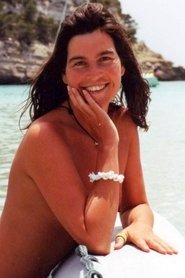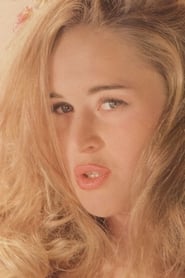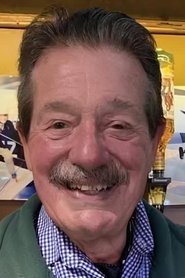
Join Charlie, Holly, Sherry, Rhowena, Katarina and Tony as they discover the picturesque and enchanting naturist village of Costa Natura on Spain's Costa del Sol. Situated close to Estoponia with Gibralter only 30 miles away. Costa Natura provides for an all year round haven for naturist relaxation.
No Trailers found.

Self - Presenter

Self - Naturist

Self - Presenter

Self - Presenter / Katarina's Husband

Self - Presenter

Self